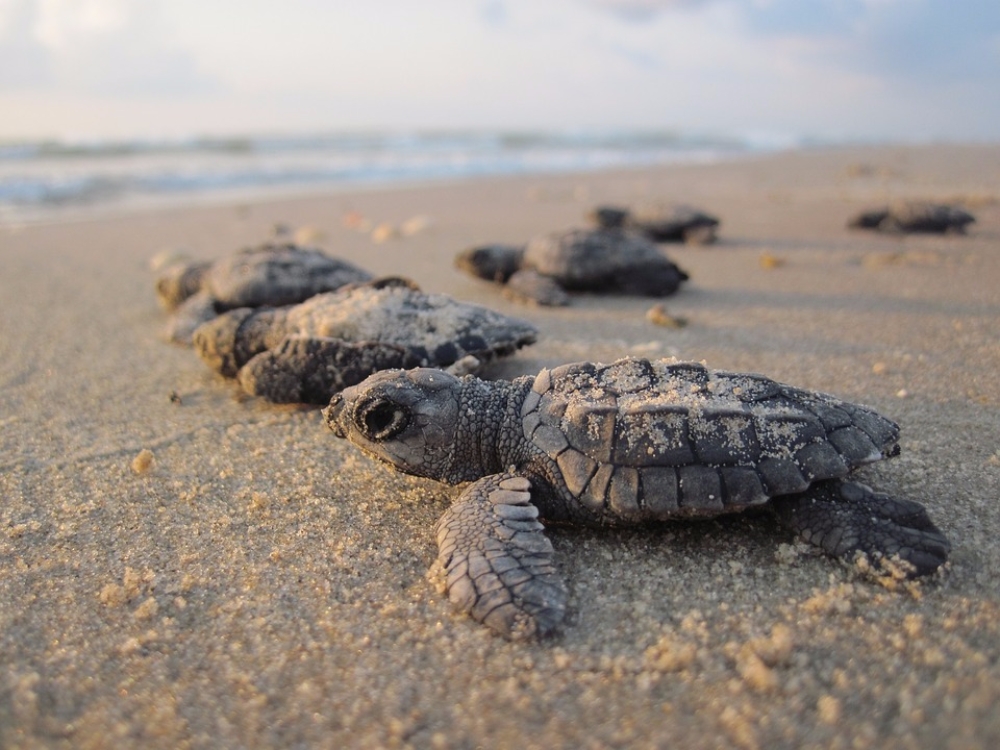
Turtles are tricky animals when it comes to nesting time and places. They are surprised by bright light and suddenly moving objects. Then the turtles come out to land to make their nests and then return to the sea. This abnormal behavior of turtles is called "false crawl".
But over the past 30 years, conservation efforts have increased turtle nests every year and the number of false exploits has fallen 32 percent this year. Employees at the Mote Marine Laboratory in Florida, USA, are amazed by this positive change. "It takes 25 to 30 years for a turtle to mature. So the conservation efforts that started 35 years ago are now working, which means the turtles are growing properly, "said Melissa Bernard, a biologist at the Mott Marine Institute.
Conservation efforts have resulted in positive results. By July 8th, there were 999 tortoise nests in Longboat Key, Florida. Last year, there were 572. The number of turtle nests in Ridovichi last year increased from 64 to 112, while the number of turtle nests in Siesta Key last year increased from 195 to 488 this year.
The nest of blue sea turtles also increased significantly compared to last year. There are eleven in Longboat Key and two blue sea turtle nests in Siesta Key. Last year there was not a single nest.
To keep the tortoise's nest continually growing, Mott's researchers told people that they should be careful not to come near the turtle's nest and not use a flashlight at night on the beach. Curtains can be installed because the light from the house also confuses the turtle. Also, be careful that blocking the hole in the beach takes away the path of hatching the turtle.
![[Issue] Turtle nest in Florida grows big issue turtle nest in florida grows big](https://moontore.com/wp-content/uploads/2019/02/issue-turtle-nest-in-florida-grows-big-1200x700.jpg)


